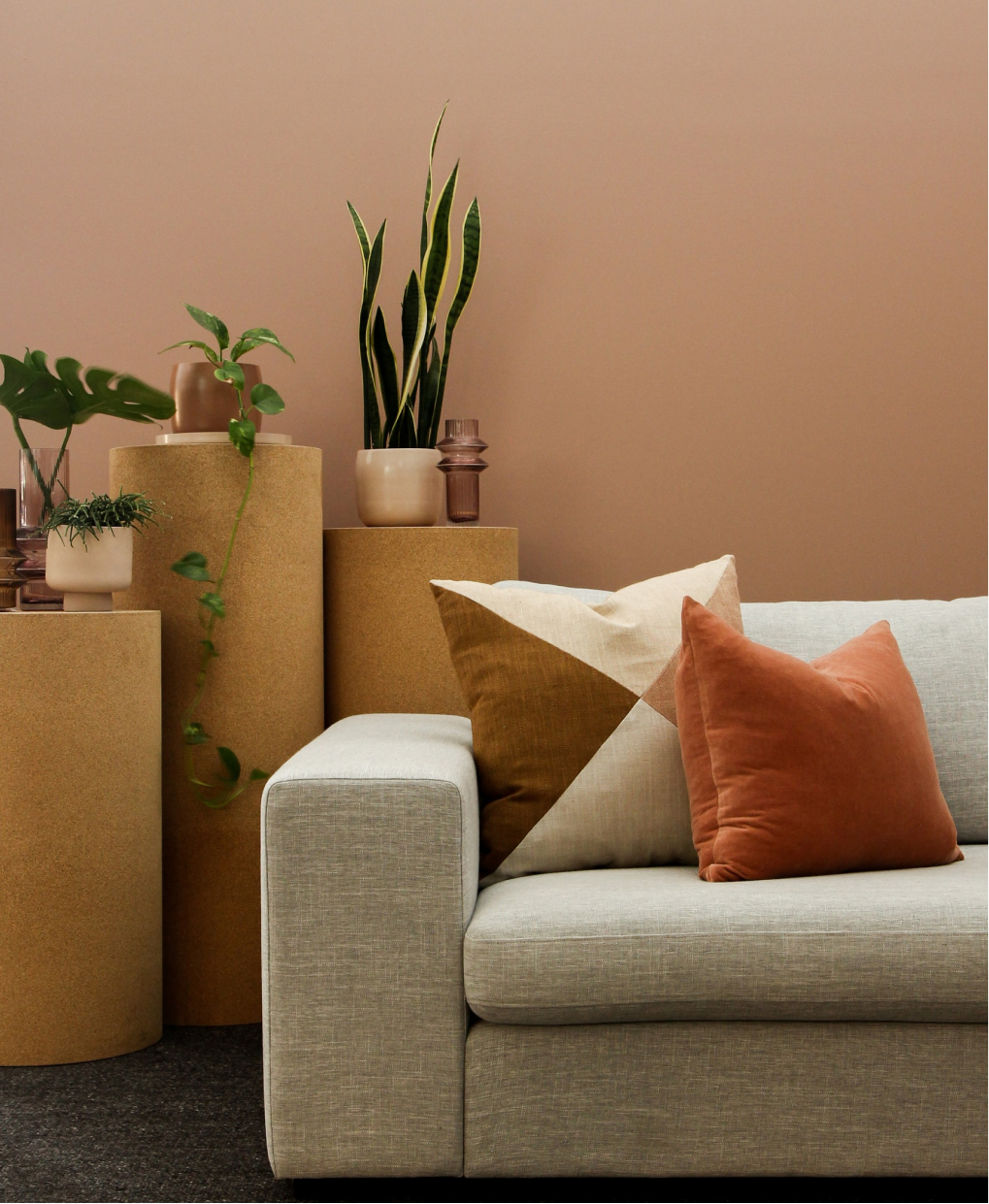
As we progress through 2025, interior design continues to evolve, reflecting our changing lifestyles, environmental consciousness, and technological advances. This year's trends emphasize sustainability, wellness, and the seamless integration of technology into our living spaces.
1. Sustainable and Eco-Conscious Design
Environmental responsibility has moved from trend to necessity in 2025. Homeowners are increasingly choosing materials and designs that minimize their environmental impact.
Key Elements:
- Reclaimed and recycled materials - Vintage wood, recycled metals, upcycled furniture
- Local sourcing - Supporting local artisans and reducing transportation impact
- Energy-efficient lighting - LED systems with smart controls
- Low-VOC finishes - Healthier air quality with eco-friendly paints and stains
- Indoor air-purifying plants - Natural air filtration and biophilic design
2. Warm Minimalism
The stark, cold minimalism of previous years has evolved into a warmer, more inviting approach that maintains clean lines while adding comfort and personality.
Characteristics:
- Neutral palettes with warm undertones - Creams, warm grays, soft beiges
- Natural textures - Raw linen, wool, jute, and unfinished wood
- Curved furniture - Soft edges and organic shapes
- Layered lighting - Multiple sources creating ambient warmth
- Thoughtful accessories - Fewer, but more meaningful decorative pieces
"2025 is about creating spaces that feel both sophisticated and livable. It's luxury through simplicity and comfort through thoughtful design."
3. Smart Home Integration
Technology integration has become more seamless and design-focused, with smart home features that enhance both functionality and aesthetics.
2025 Smart Home Features:
- Invisible technology - Hidden speakers, concealed charging stations
- Adaptive lighting systems - Circadian rhythm-supporting illumination
- Climate control integration - Zoned heating and cooling with smart thermostats
- Voice-activated everything - From lighting to music to security
- Wellness monitoring - Air quality sensors and health-focused features
4. Biophilic Design Evolution
The connection between humans and nature continues to be a driving force in interior design, but with more sophisticated applications.
Advanced Biophilic Elements:
- Living walls and green installations - Integrated plant systems
- Natural material combinations - Stone, wood, and water features
- Organic shapes and patterns - Mimicking natural forms
- Abundant natural light - Skylights, large windows, light wells
- Nature-inspired color palettes - Earth tones and botanical hues
5. Flexible and Multi-Functional Spaces
Post-pandemic living has permanently changed how we use our homes, leading to more adaptable and multi-purpose design solutions.
Flexible Design Solutions:
- Modular furniture systems - Pieces that can be reconfigured as needed
- Hidden home offices - Workspaces that disappear when not in use
- Convertible rooms - Spaces that serve multiple functions
- Moveable walls and partitions - Creating privacy when needed
- Outdoor living integration - Seamless indoor-outdoor flow
6. Color Trends for 2025
This year's color palette reflects our desire for both comfort and optimism, with hues that feel both grounding and uplifting.
Trending Colors:
- Warm terracotta and clay tones - Earthy sophistication
- Sage green and olive - Calming natural hues
- Soft lavender and muted purples - Gentle sophistication
- Mushroom and taupe - Neutral versatility
- Deep navy and charcoal - Modern elegance
7. Textural Layering
With minimalist color palettes dominating, texture has become the primary way to add visual interest and depth to spaces.
Texture Combinations:
- Mixed metals - Brass, copper, and matte black finishes
- Varied fabrics - Bouclé, linen, velvet, and wool combinations
- Natural stone variations - Travertine, limestone, and marble
- Wood grain diversity - Different species and finishes in one space
- Handcrafted elements - Pottery, woven baskets, artisanal pieces
8. Wellness-Focused Design
Homes are increasingly designed to support physical and mental well-being, with features that promote health and relaxation.
Wellness Elements:
- Meditation and quiet spaces - Dedicated areas for mindfulness
- Home fitness integration - Seamlessly incorporated exercise areas
- Aromatherapy systems - Built-in scent diffusion
- Sleep optimization - Blackout systems and temperature control
- Water features - Fountains and pools for stress reduction
9. Artisanal and Handcrafted Focus
In reaction to mass production, there's a growing appreciation for handmade, one-of-a-kind pieces that add personality and craftsmanship to homes.
Artisanal Elements:
- Hand-thrown pottery - Unique ceramics and vessels
- Custom millwork - Bespoke built-ins and cabinetry
- Artisan lighting - Handcrafted fixtures and sculptural pieces
- Woven textiles - Hand-loomed rugs and wall hangings
- Live-edge furniture - Natural wood pieces showcasing craftsmanship
10. Statement Ceilings
The "fifth wall" is getting more attention in 2025, with ceilings becoming focal points rather than afterthoughts.
Ceiling Treatments:
- Bold paint colors - Dark or vibrant ceiling hues
- Decorative plaster - Textured and patterned finishes
- Exposed structural elements - Beams and trusses as design features
- Integrated lighting - Cove lighting and hidden fixtures
- Wallpaper and murals - Artistic ceiling treatments
Ready to Incorporate 2025 Trends?
Our design team at Homora stays current with all the latest trends while ensuring they work for your specific lifestyle and space. Let us help you create a home that's both current and timeless.
Schedule a Trend ConsultationPrevious Article:
Small Space Furniture Apartment Ideas
Next Article:
Sustainable Design Materials for Modern Homes